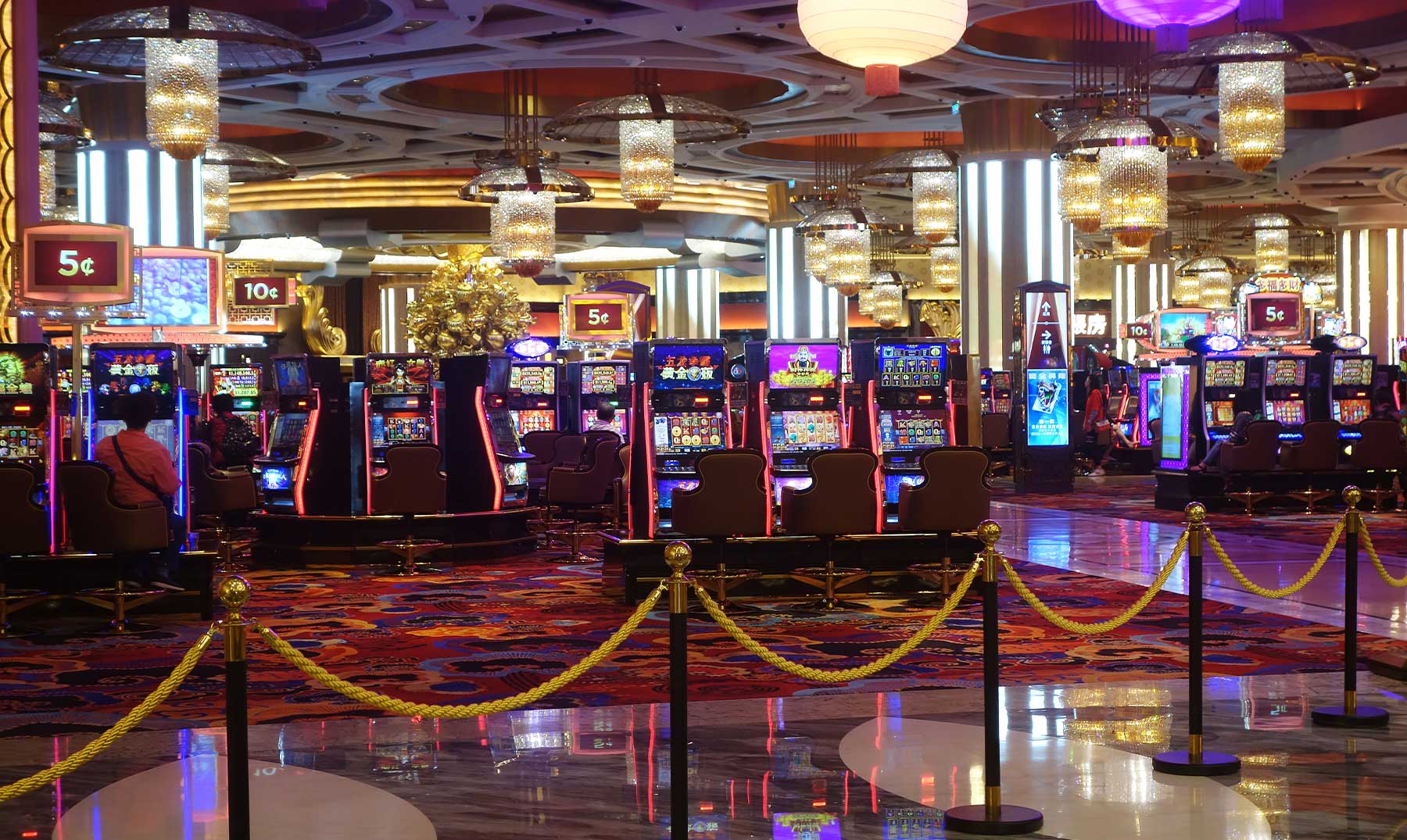The fascinating Psychological principles That drives Gambling Game Design

Casino experiences have long captivated the human imagination, drawing participants into a universe filled with chance, tactics, and the allure of adventure. Each activity is painstakingly crafted not just for fun, but also to inspire specific emotional responses that keep gamblers immersed and committed. Understanding the motivations behind these designs reveals much about how psychology plays a key role in the gaming experience.
From the bright lights and dynamic sounds to the complex layering of guidelines and payoffs, casino games are designed to create an atmosphere of anticipation and expectation. Game designers leverage behavioral strategies to influence participant behavior, whether through the use of jackpots, almost wins, or social interactivity. By examining these factors, we can better appreciate how casino games fulfill not just a want for entertainment, but underlying psychological needs for adventure and uncertainty.
Comprehending Player Actions
Casino games are crafted with a deep understanding of gamer psychology, which is essential for drawing in and keeping players. The thrill of the game, coupled with the expectation of winning, produces a strong attraction. Game designers employ elements like sound effects, vibrant graphics, and captivating gameplay to seize attention and generate emotional responses. These sensory elements enhance the immersive experience, making players feel more invested in the game.
Another important aspect of player behavior is the notion of risk versus reward. Casino games often balance risky situations with the potential for substantial rewards, which can cause the event known as near-miss experience. When players come near to winning, the brain produces dopamine, strengthening their behavior and encouraging them to persist playing in search of that hard-to-reach win. This cycle of wish and letdown plays a critical role in how games are designed and promoted.
Lastly, social elements also play a critical role in player behavior at casinos. Many games are crafted to be played in teams or alongside other players, nurturing a sense of community and communal experience. The community engagement inherent in games like baccarat enhances enjoyment and can lead to prolonged gaming periods. Designers capitalize on this by designing environments that prompt players to remain, interact, and revisit, making the overall casino experience more attractive.
The Role of Imagery and Sound
Visuals and sound play a crucial role in enhancing the gambler’s experience within gambling games. Designers utilize bright colors, striking graphics, and captivating animations to capture players' attention and hold their focus. The use of motifs, such as adventure or luxury, helps create an immersive atmosphere that transports players into another world. By appealing to the senses, these elements add to a heightened emotional response, encouraging players to interact more profoundly with the games.
Audio design is equally important in enhancing the overall experience of casino games. The mix of background music, sound effects for successful combinations, and ambient noises creates an auditory landscape that holds players fascinated. Sounds associated with victories, such as ringing bells or festive music, evoke feelings of excitement and reward, prompting players to continue playing. These audio cues are strategically placed to amplify the excitement of the game and create a more engaging experience.
Additionally, the alignment of visuals and audio is essential for reinforcing the game's overall concept and atmosphere. Each element should align harmoniously to create a unified experience that pulls players in. The effective use of this integration not only improves user satisfaction but also boosts the chances of return play, as players become more invested in the immersive world that the gambling games offer. This thoughtful combination of imagery and sound ultimately enhances player involvement and loyalty.
Reward Structures and Participation
The design of gambling experiences greatly relies on incentive systems to keep players involved and returning for additional experiences. These structures are based in psychological principles that take advantage of human nature and desire. Players are often driven by the thrill of success, which is reinforced by immediate feedback through the game's design. This prompt satisfaction not just improves the gaming experience but also fosters a feeling of achievement, prompting players to keep playing in hopes of bigger gains.
Casinos utilize various reward structures, including jackpots, extra rewards, and multipliers, to captivate participants. These features create a level of thrill that sustains interest. Additionally, the unpredictability of outcomes plays a significant role in keeping interest. casinos en linea The intermittent reinforcement schedule, where wins are unpredictable but occur often enough, keeps participants on edge and driven to continue participating. This loop of anticipation and anticipation is essential to the effectiveness of gambling experiences.
Furthermore, community aspects, such as tournaments and multiplayer features, boost the engagement factor by tapping into the desire to compete of participants. The communal aspect of gaming with others can intensify the thrill of success and create a community atmosphere within the casino. By integrating these social dynamics with effective incentive structures, gambling experiences not only provide fun but also nurture a stronger bond among players, solidifying their loyalty to the gaming experience.
